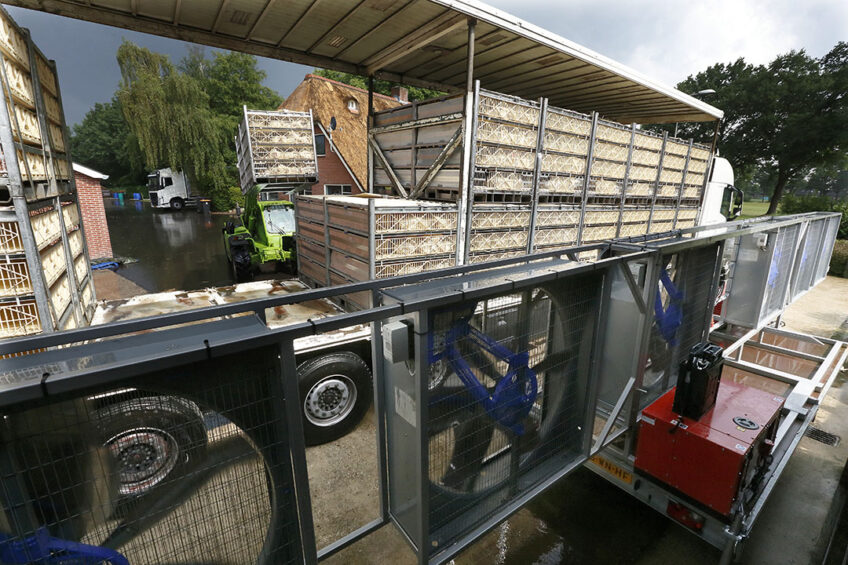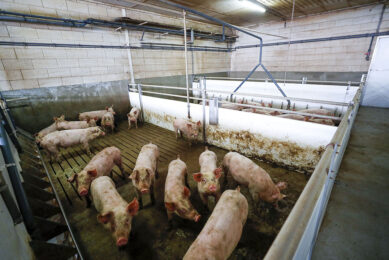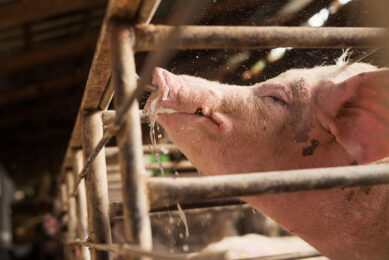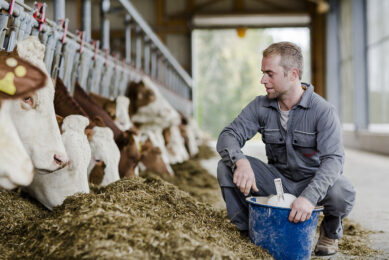Tailored transport rules in times of extreme heat

Poultry welfare in periods of extreme heat, especially during transport, is a hot topic indeed. European regulations only cover the basics. That is why poultry sector stakeholders in the Netherlands and Belgium have developed their own tailored, but detailed protocols, sectoral agreements and national legislation to ensure that animal welfare is guaranteed during transport.
In recent years, poultry farmers in Europe have been confronted with a number of heat waves. Taking climate trends in to account, it is very likely that this will repeat itself in the future. That is why in the Netherlands and in Belgium there was a need to agree on some effective guidelines with the authorities and within the poultry sector regarding the transport of poultry on days with extreme heat. The aim is to guarantee the welfare of poultry and to minimise losses. During very hot days, specific protocols come into effect, special measures are taken as animal welfare receives extra attention from both the industry and the national food and product safety authorities.
EU law on transport was not sufficient
A European law, EC Regulation 1/2005, addresses the regulations regarding the transport of livestock. “This is a framework law applicable to all European member states on the transport of livestock in times of extreme heat,” explains Ann Truyen, of the Belgian Association of Industrial Poultry Slaughterhouses. “However, this law is quite generic. That is why we decided to implement this protocol specifically designed for broilers on their way to the slaughterhouse. In this protocol, the legal provisions are described more practically. The protocol that we use in Belgium is a workable instrument that applies to different roles within the logistic poultry chain. It has been approved by the minister in Flanders, and is used on a national scale. It was important to organise this properly because of the limited flexibility in the broiler chain: leaving ready-to-slaughter animals on farm longer than anticipated has immediate and serious consequences for animal welfare at poultry farms.”
For the loading, transport and unloading of livestock and poultry to slaughterhouses at high temperatures, a heat plan is put into effect. The Netherlands uses 3 temperature gradations. The Belgian plan works with colour codes, which corresponds to the colour codes of the Belgian meteorological institute. Each colour provides a range of measures the operators must comply with when the welfare of the animals is endangered by extreme weather conditions. The measures concern, among other things, the number of animals transported per truck, access to cooling facilities and the planning and times at which animals are transported.

Dutch poultry sector not signed up to national heat protocol
The political and social pressure to properly organise the transport of poultry during heat is also significant in the Netherlands. The Netherlands has a national heat protocol for livestock which the poultry sector fully cooperates with, but at the same time has refused to sign it so far.
Night slaughtering
According to chairman Gert Jan Oplaat, Association of the Dutch Poultry Processing Industry Nepluvi, the sector has not signed the heat protocol, because the national food and consumer product safety authority, NVWA, does not guarantee the possibility of slaughtering at night. “The NVWA only says it will do its best, but gives no guarantees. We want to slaughter at night during periods of extreme heat, because it is the most effective measure for securing the welfare of the chickens during transport.”
Poultry sector does everything to guarantee animals’ welfare
In the heat protocol, livestock transporters have made agreements about driving and delivery times during days of extreme temperatures. “Despite the fact that we have not signed the heat protocol, slaughterhouses and transporters do everything they can to guarantee the welfare of the animals during heat periods. For example, we work in the early hours of the morning as much as possible and slaughterhouses set up fans for the waiting chickens or provide shelter,” explains Oplaat.

Societal perceptions
The emotions in Dutch politics and the social attention for the matter are considerable. “Sometimes the nuance is lacking, and the problem is approached from a vegan perspective. While the sector has the same interest at heart. We don’t want animals to die during transport. This only costs money and generates negative attention. Moreover, we want to be an organisation that properly regulates well-being during transportation.”
In the Netherlands, society pays a lot of attention to animal transport on hot days. “Meanwhile, the pressure has eased somewhat with the advent of the heat protocol. We have made good agreements with our slaughterhouses and the effect is positive. Despite some very hot days, the number of Dead On Arrivals (DOAs) had not increased in the summer,” says Oplaat.
Heat protocol gets positive reviews
Belgian colleague Ann Truyen is also cautiously positive about the effect of the heat protocol. “Although we don’t want to feel too much victory yet, because the protocol has only been applied for one summer, the inspection services have determined that the small spike in dead on arrivals that we normally see did not occur. It is a good thing that the protocol had the desired effect last summer.”
Not all EU states are under societal pressure on welfare
Matters such as loading density are strictly regulated in European law. “This is strictly enforced in our countries. This will apply to all member states, yet there are member states where the theme of animal welfare is less relevant or where there is less pressure from society. To what extent member states draw up, comply with and enforce protocols still depends on the sensitivity and how policy responds to this,” Truyen suspects.
Extra welfare measures mean extra costs
Additional measures and their enforcement are associated with higher costs, lower density results in a declined yield. This is worth it. “The measures also result in fewer DOAs. Money is not the most important thing,” emphasises Oplaat. “We want to arrange it properly and neatly and want to devote sufficient attention to welfare issues. Incidents cannot be ruled out, but with our measures and protocols we function at the highest possible level.”
Which measures and at what temperature? |
In the Netherlands, measures are applied in three temperature gradations: <-10°c>, > 27 °C and > 30 °C. At a local temperature of ≥ 35 °C, transport of the animals may not take place. On these days slaughtering only takes place at modified times of the day (slaughterhouses want to start at midnight, but can only do that if personnel from the authorities can be provided for the legally required supervision of slaughter). From 27°C, loading and unloading is advised to happen sheltered and without delay, the occupation of the crates and containers will be adjusted and special attention is paid to ‘hotspots’ on the truck. The driver does not make unnecessary stops, avoids traffic jams and – when traffic jams cannot be avoided – is guided from the motorway by a police escort. Just-in-time delivery is used to minimise waiting times. Parking is done in the shade, using mobile fans or standstill ventilation. If necessary, the environment or the asphalt is cooled. At temperatures above 30°C, the chickens are caught at cooler times of the day and slaughter times are adjusted to avoid arriving at the hottest hours. BelgiumCode yellow (heat wave or at least 1 day >32°C) Slaughterhouses adjust slaughter hours and/or slaughter days. Containers and crates are transported and unloaded without delay. Where necessary, extra mobile fans are used. The driver focuses on just-in-time delivery and the truck continues to drive until it can be unloaded or it has to wait in the shade. Fans are installed if necessary. This also applies to cooling of the parking lot. The planner adjusts the loading instructions. The occupancy per tray is 1 to 2 chickens less than the usual occupancy. If necessary, an empty drawer is used for extra ventilation. The poultry farmer ensures that the animals have access to drinking water until they are loaded. The driver takes the shortest route with as little delay as possible. Code orange (for at least 3 days an average temperature of 32°C or 1 day 35°C) In addition to the measures of code yellow, no poultry for slaughter is caught and loaded at temperatures above 35°C between 08:00 and 22:00. Code red (at least 3 days >35°C or 1 day >40°C) The yellow and orange measures are in effect. |
Author:
Marleen Teuling
 Beheer
Beheer





 WP Admin
WP Admin  Bewerk bericht
Bewerk bericht